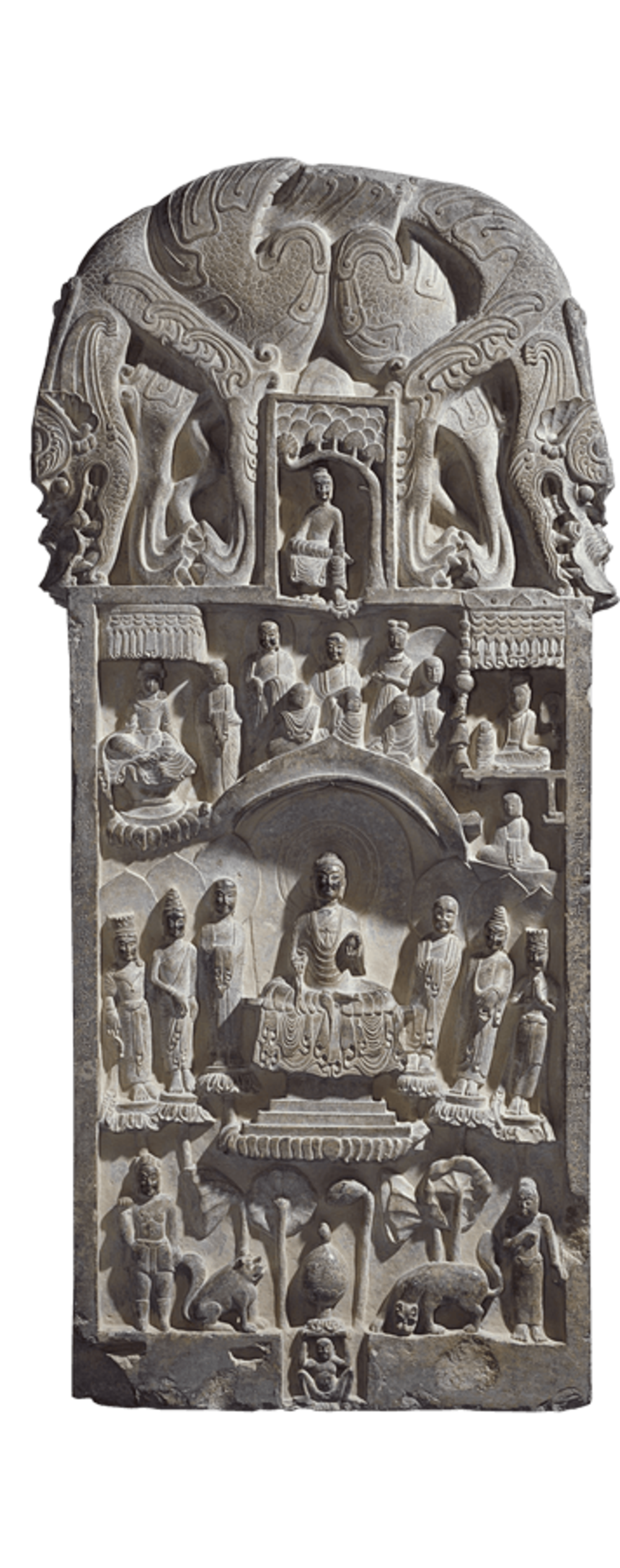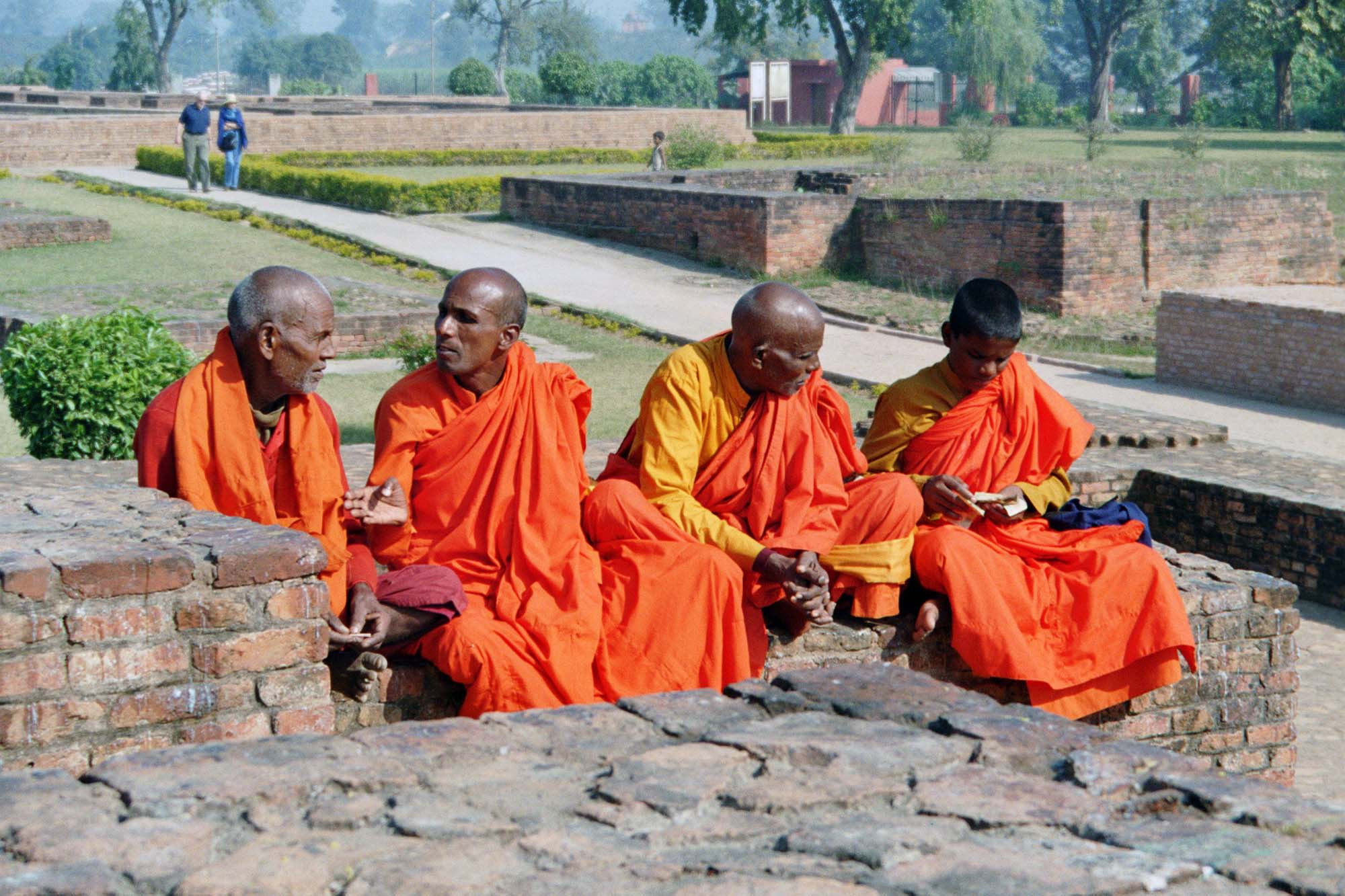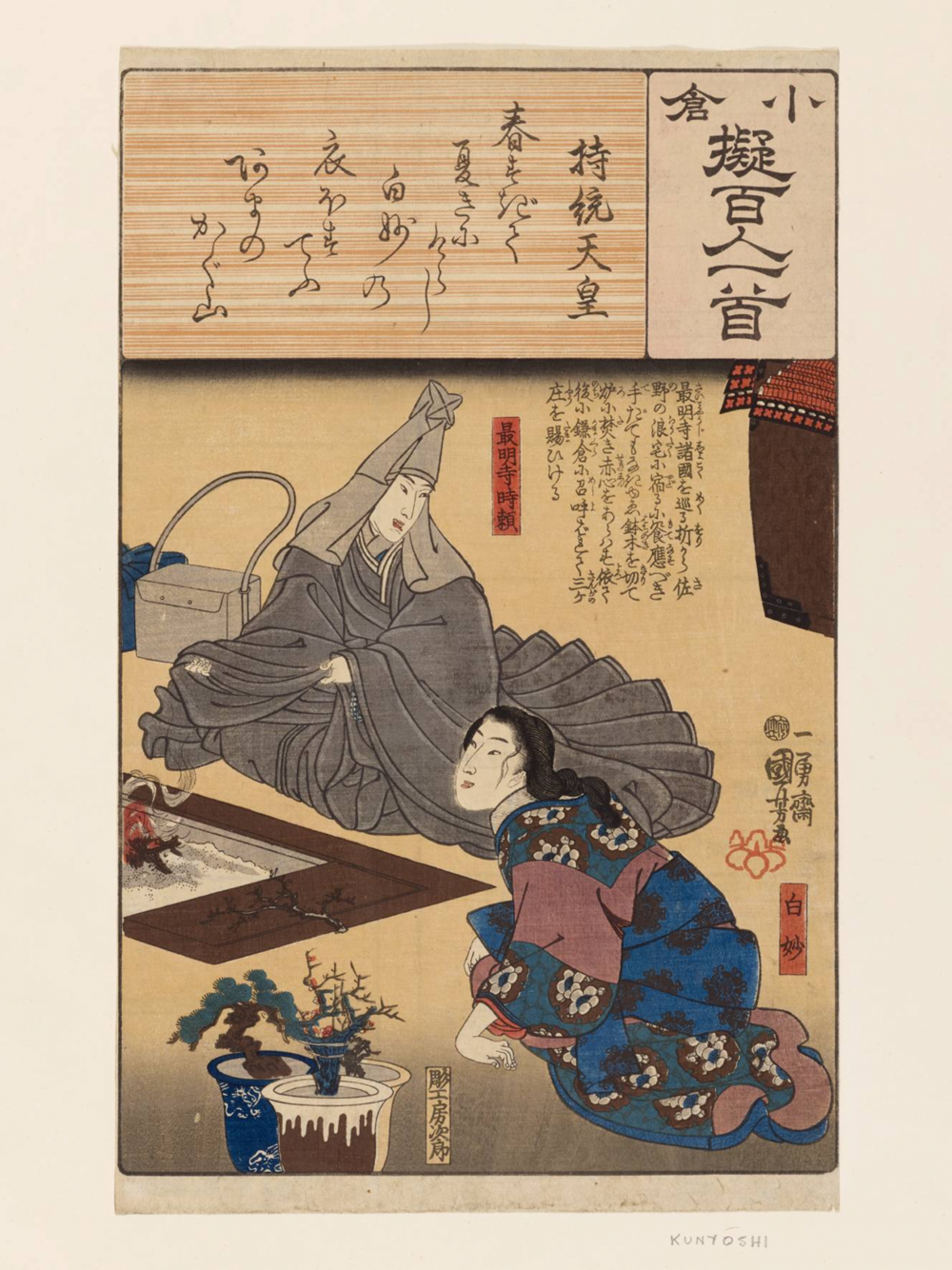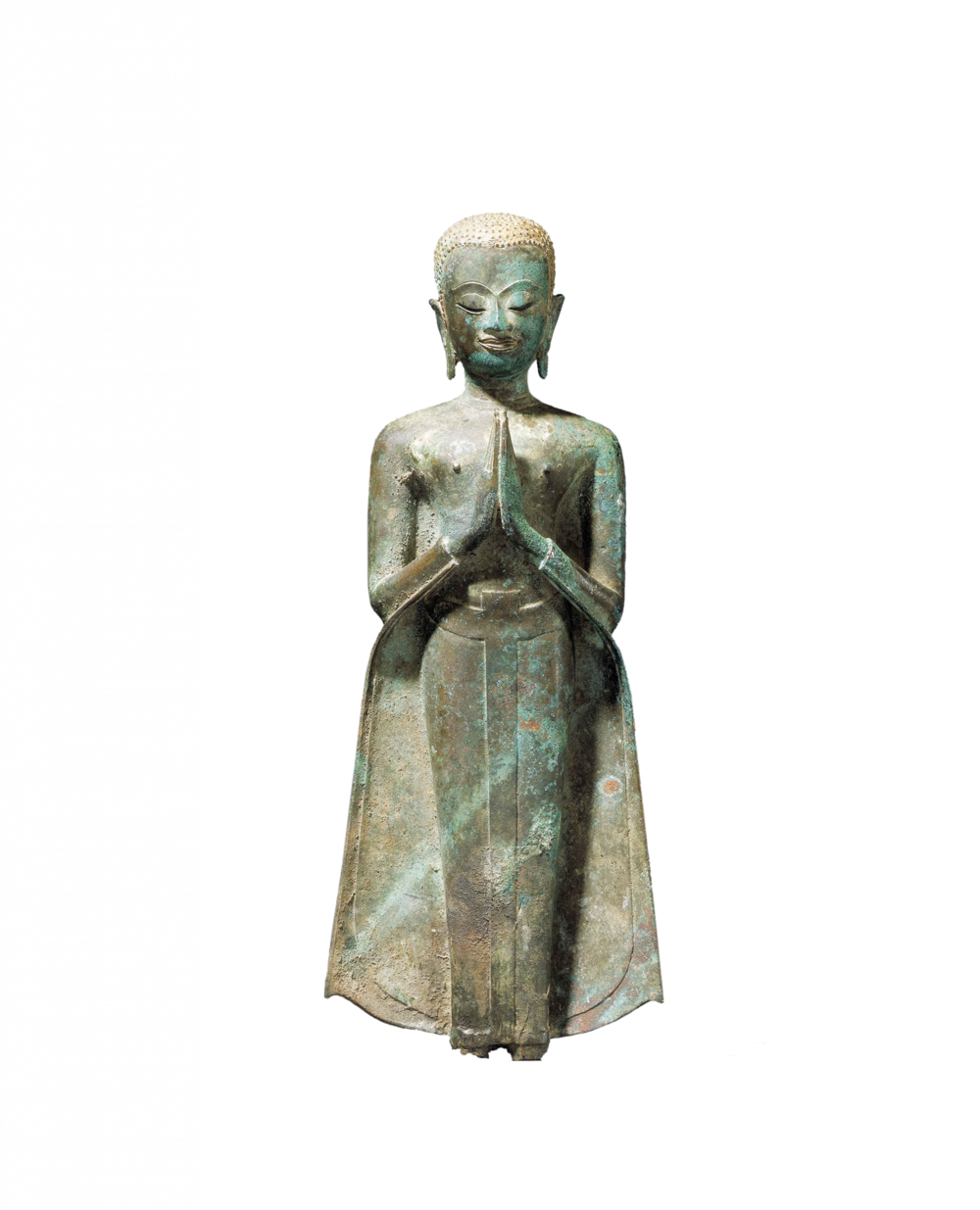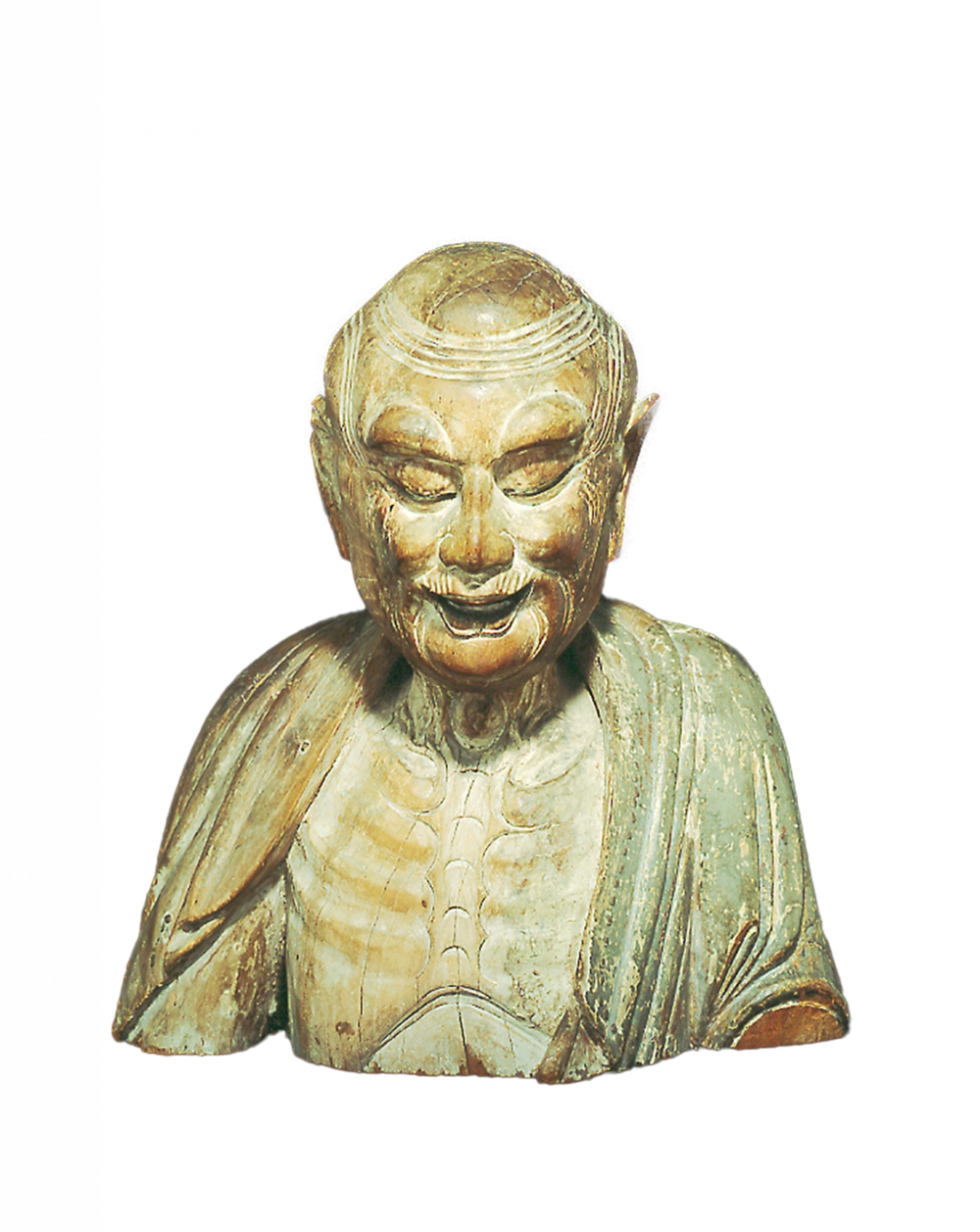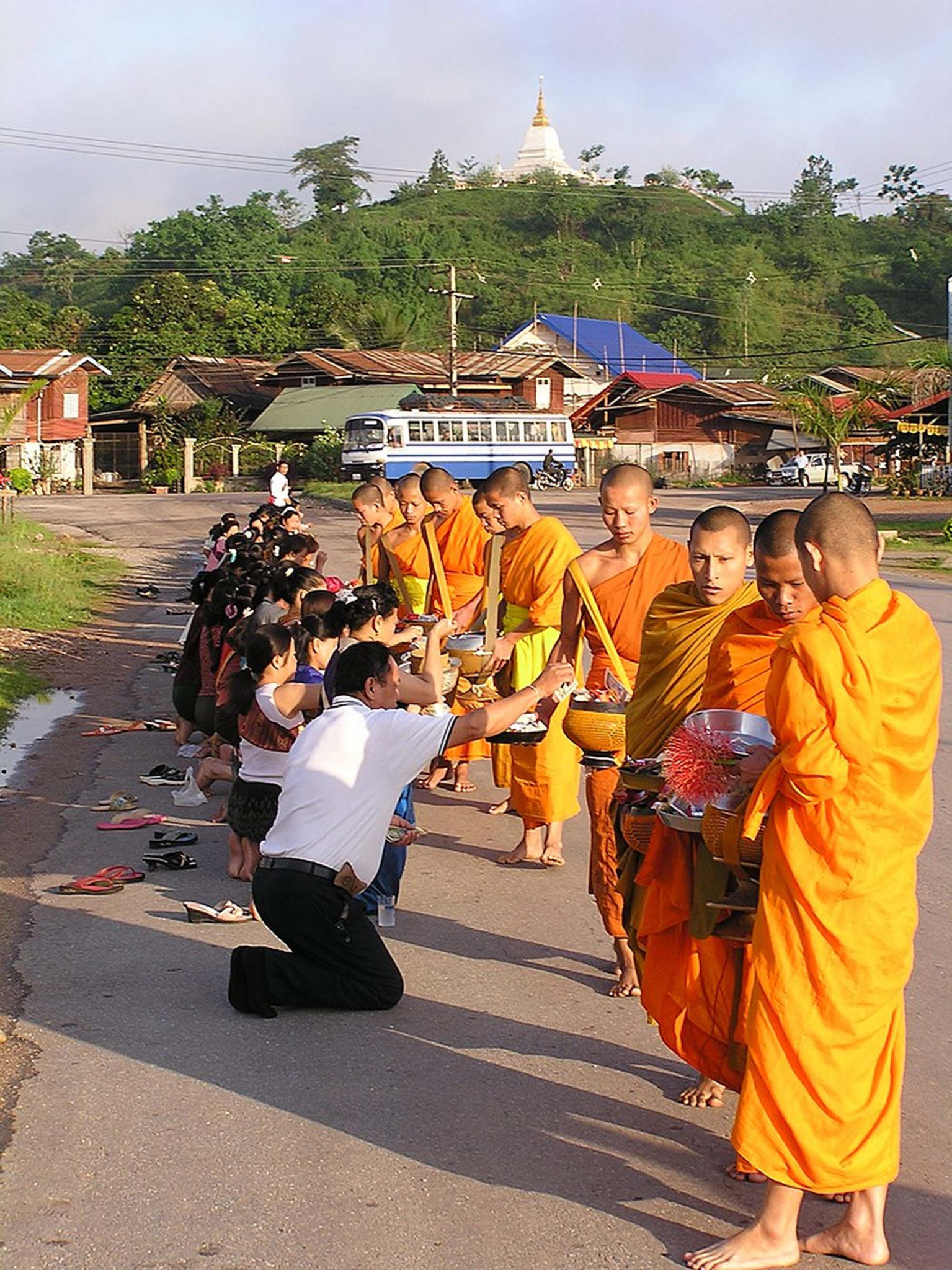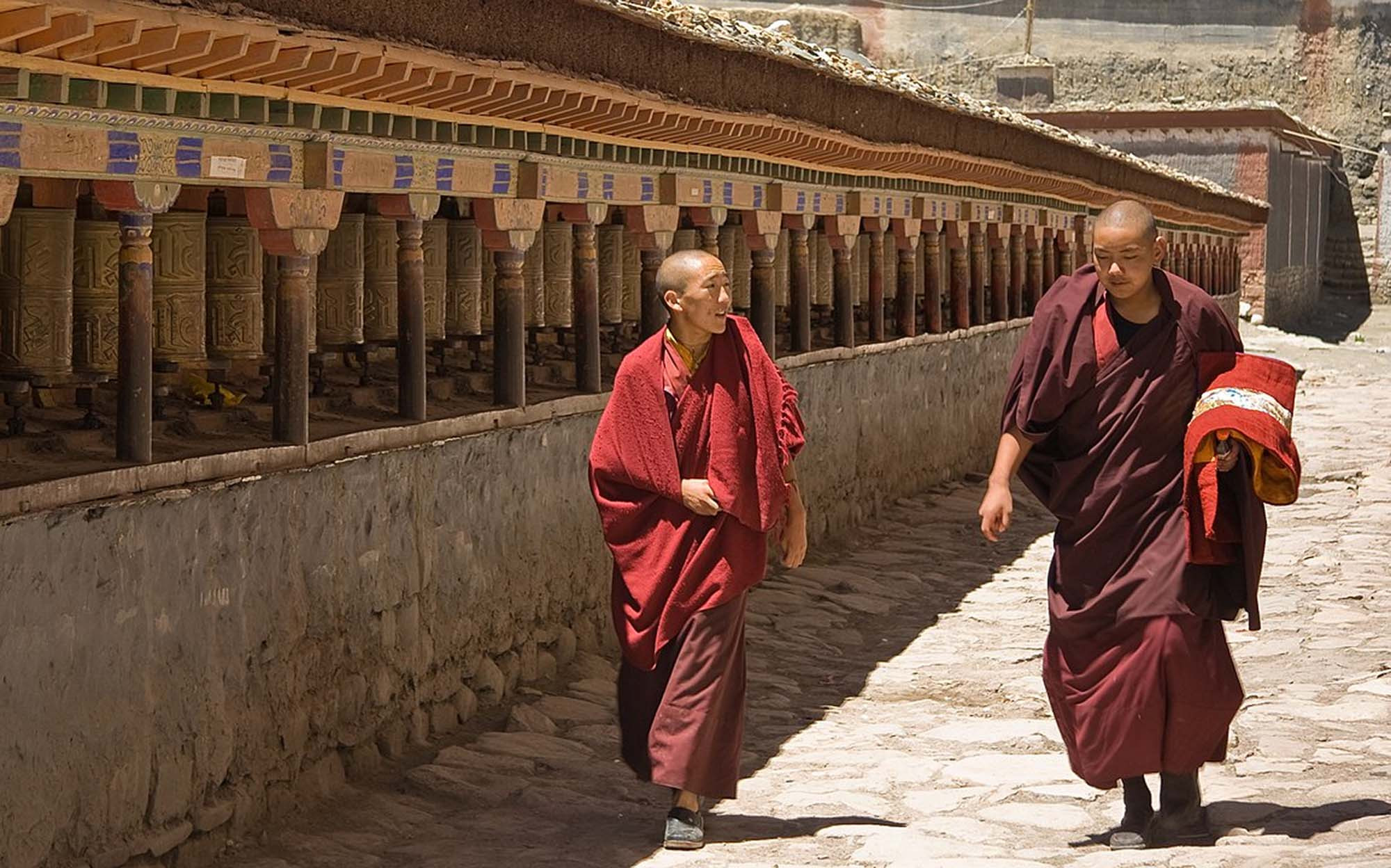“Sangha” is a Sanskrit word meaning “community”; more specifically, it refers to the community of Buddhist monks and nuns. In our increasingly globalized world the religion has changed, and Buddhists have started to include laypeople – that is, those who are not ordained – within its meaning too.
The sangha is one of the Three Jewels within the Buddhist profession of faith. The first two are the Buddha and his teachings (the dharma). The sangha, the community of monks and nuns, is the third authority in which Buddhists take refuge.
The Buddhist sangha is not an institution in the way a church is. It consists of countless communities of monks and nuns that can be loosely associated – or not at all. The sangha has no hierarchy, so no single person or council oversees all Buddhists. There are no bishops, much less a “Buddhist pope”.
In this story, find out how one becomes a Buddhist, what the duties of the sangha members are, and what it means in Buddhism to “take refuge”.
